Finishing a basement can be a very fun and rewarding DIY project for a variety of reasons. Basements tend to be dark, damp, and dust places where your grandpa’s antiques live, but it doesn’t have to be. Refinishing a basement opens up an entire realm of possibilities. With a little TLC, your basement can be transformed almost overnight into anything you can think of: a movie theater, a children’s playroom, a spacious gym, or just another bedroom.
The basement is quite an important structural part of many homes, so refinishing also gives you an important opportunity to check your basement for any possible damage. Moisture is always trying to fight its way into a basement, so it pays to spend some time protecting it against the forces of nature. To get started, there are a few details that should be considered to ensure your basement finishing project is a success.
What It Means
Finishing your basement can also be called “filling it in” because that’s basically what it entails. To do this you take your standard grey concrete basement and transform it into a living space. This involves making some changes aimed at keeping out moisture, improving ventilation, and adding insulation so that the basement is not too cold or too hot.
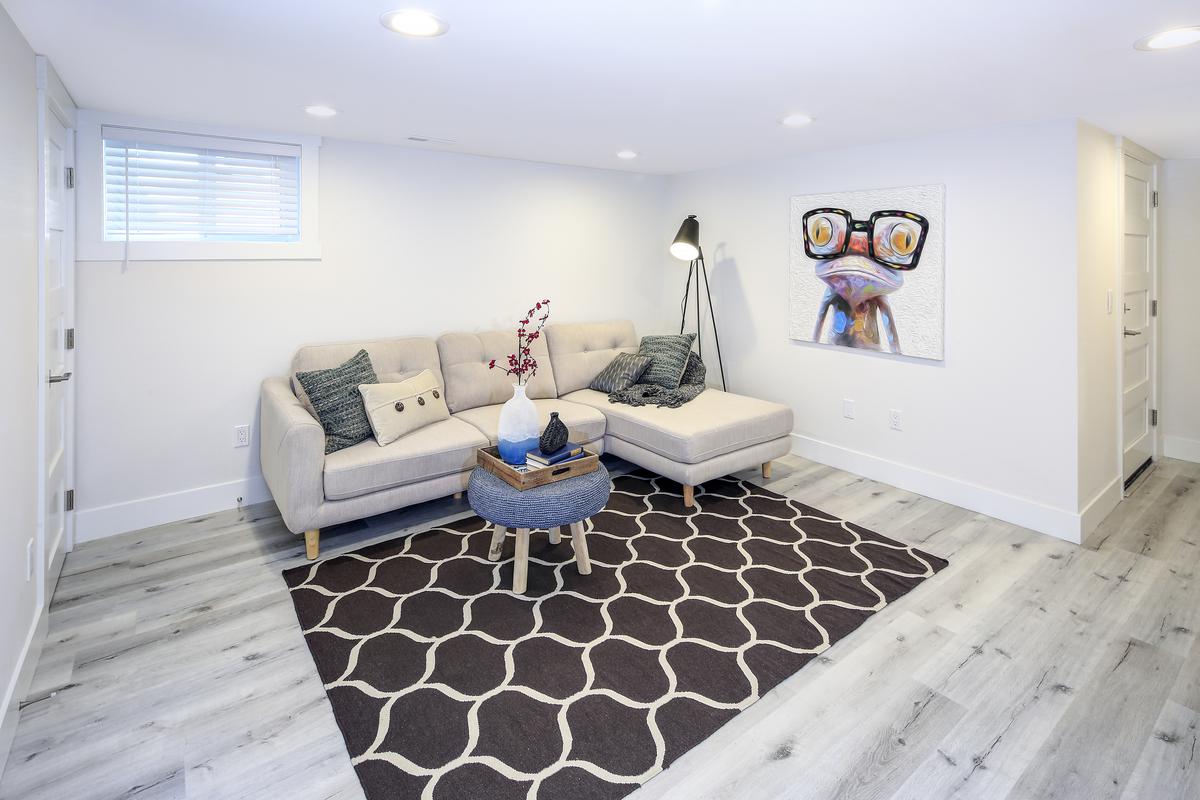
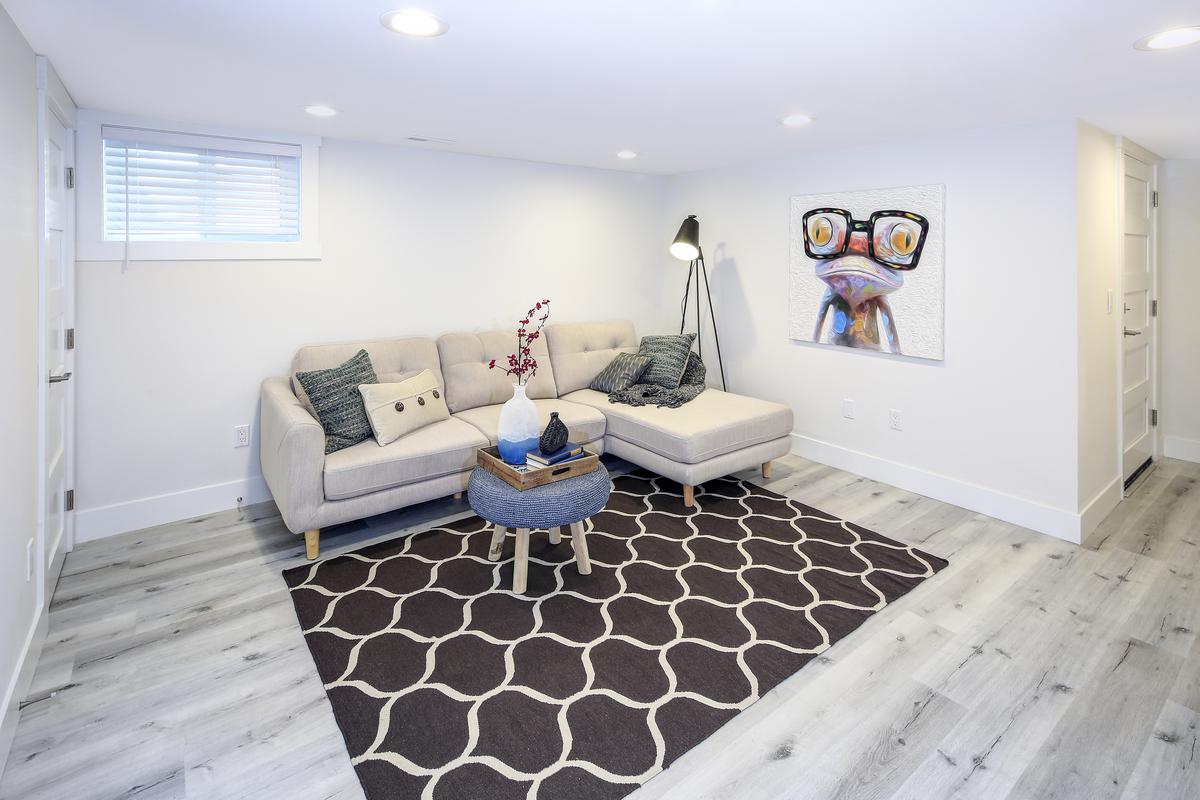
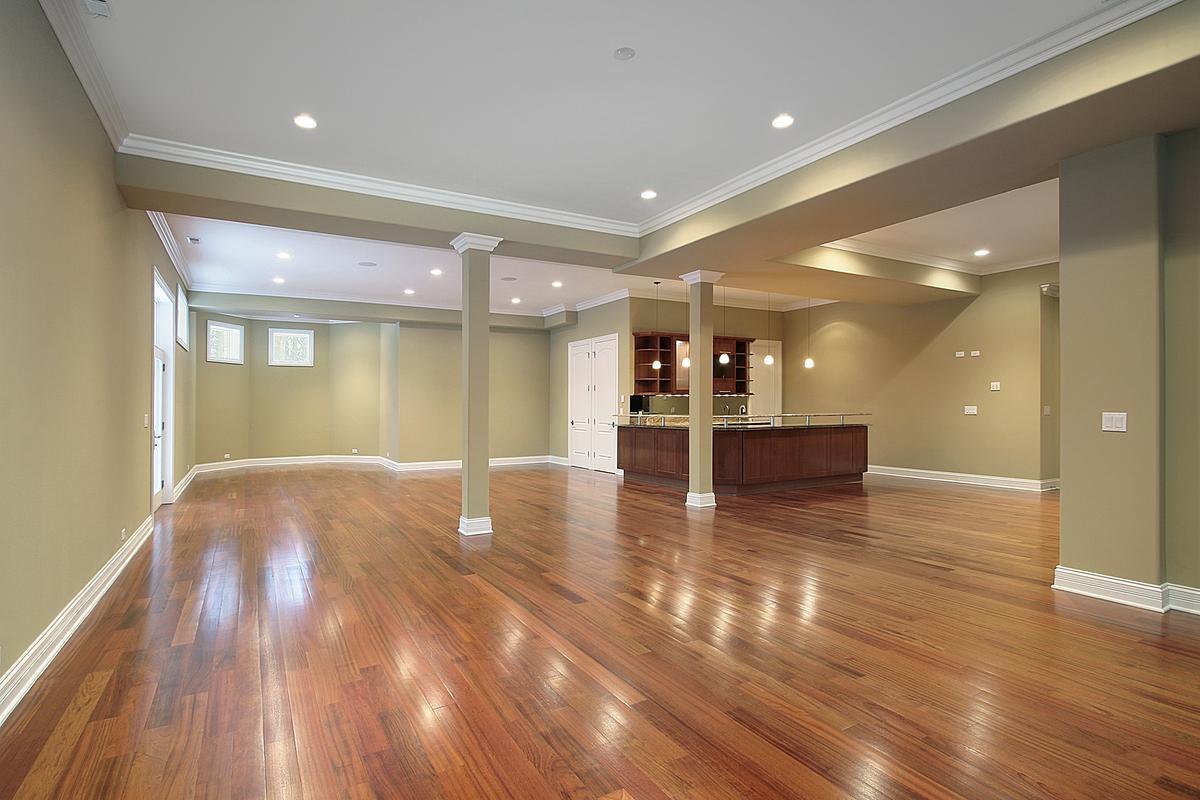
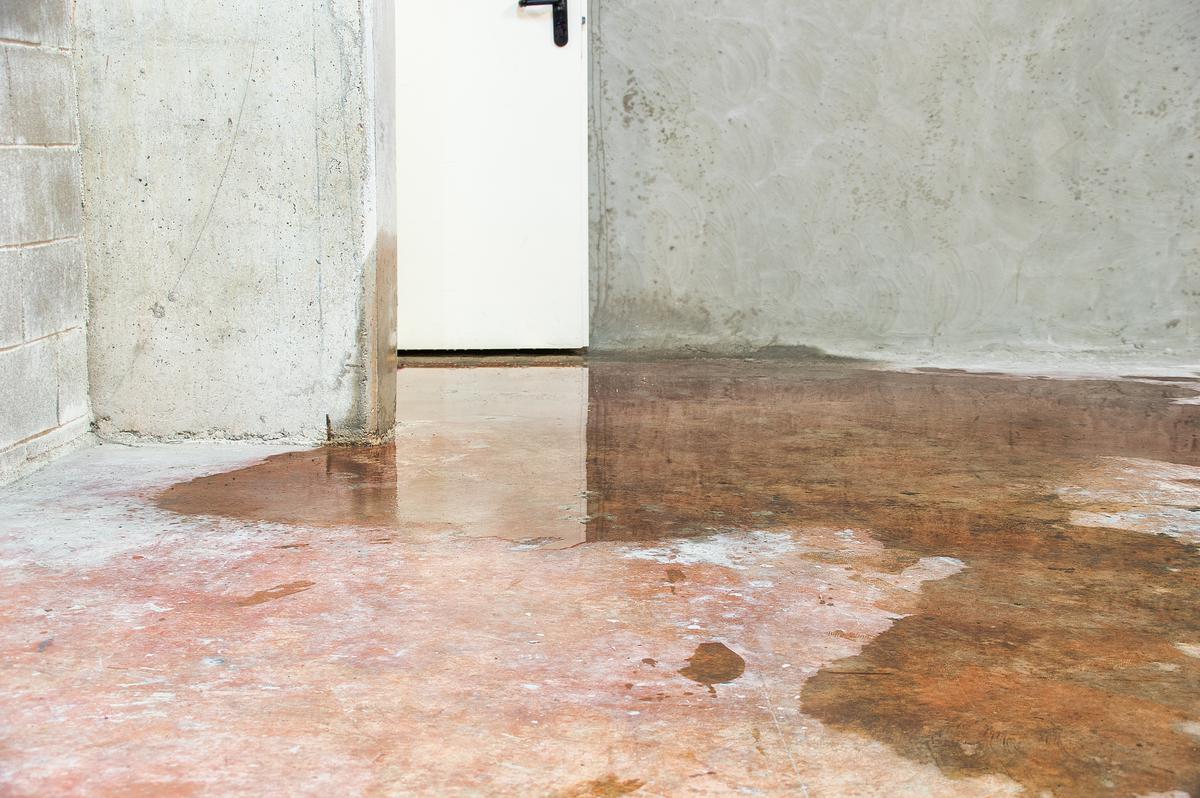
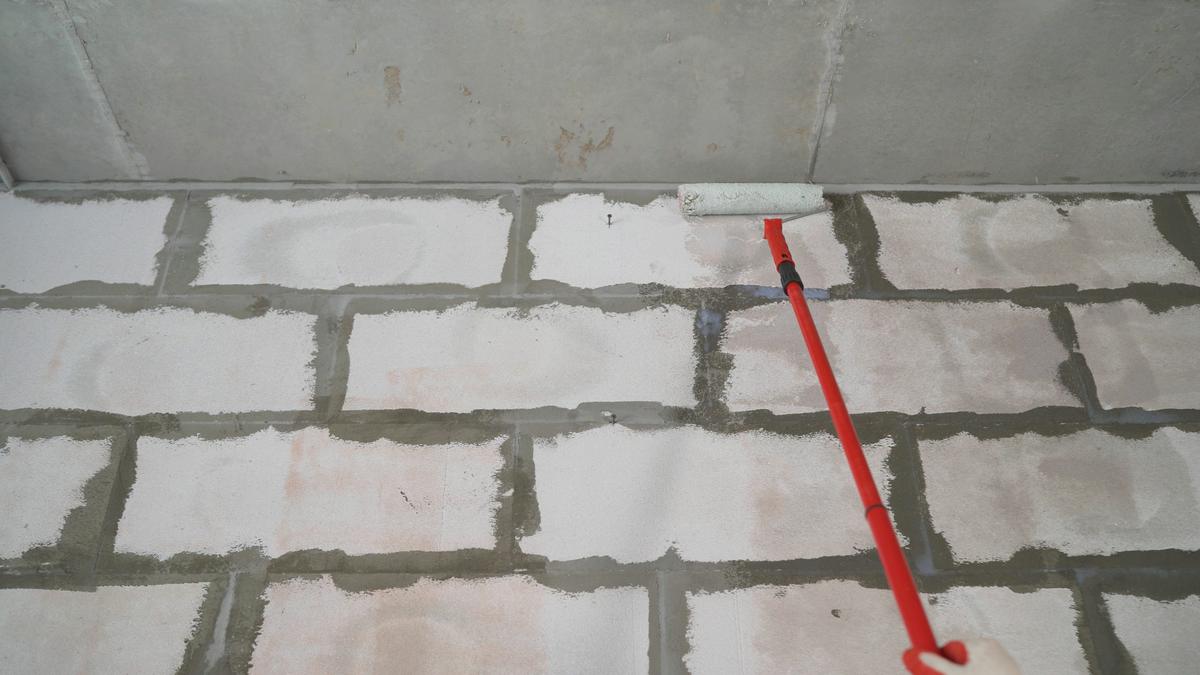
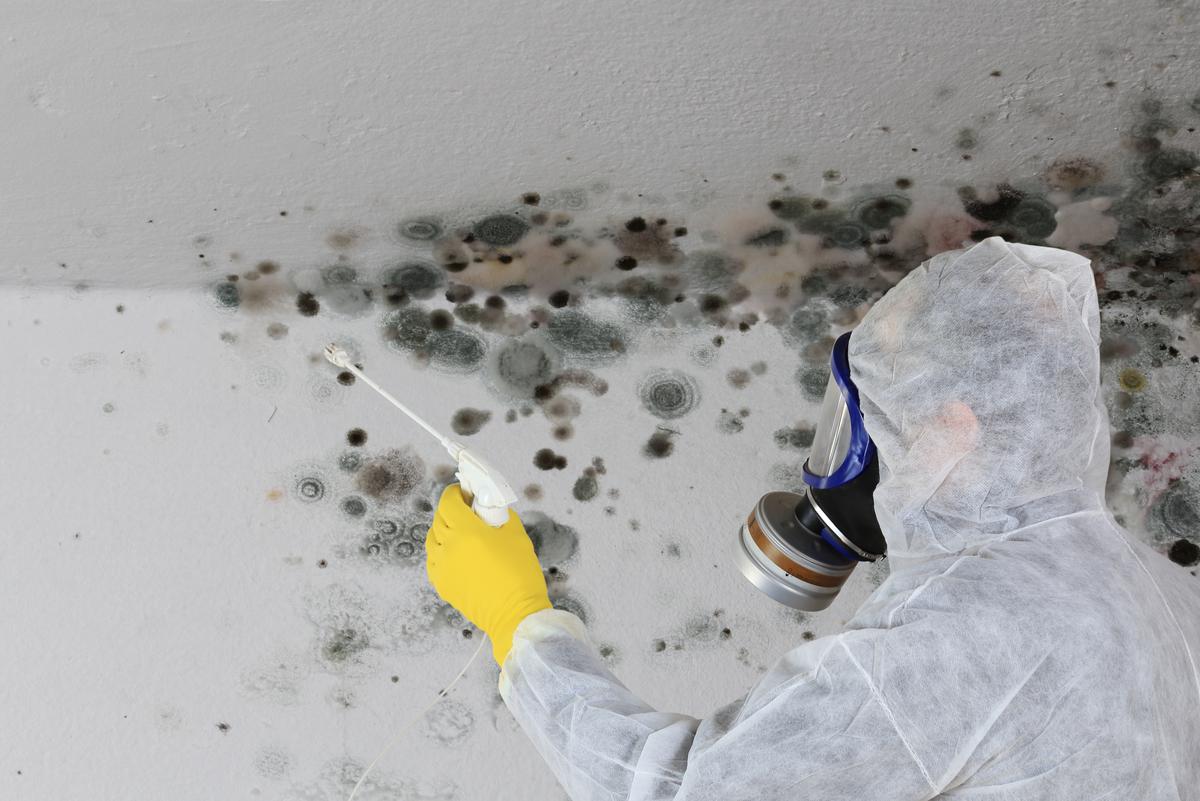
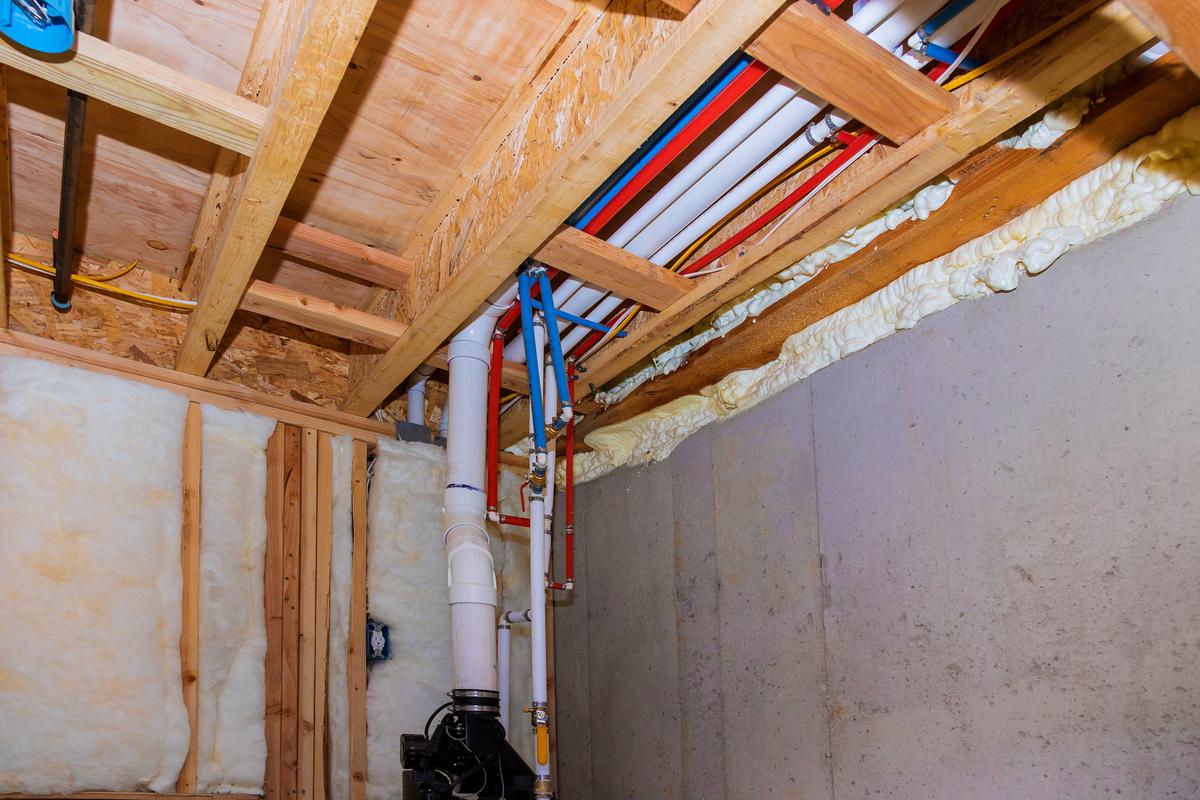
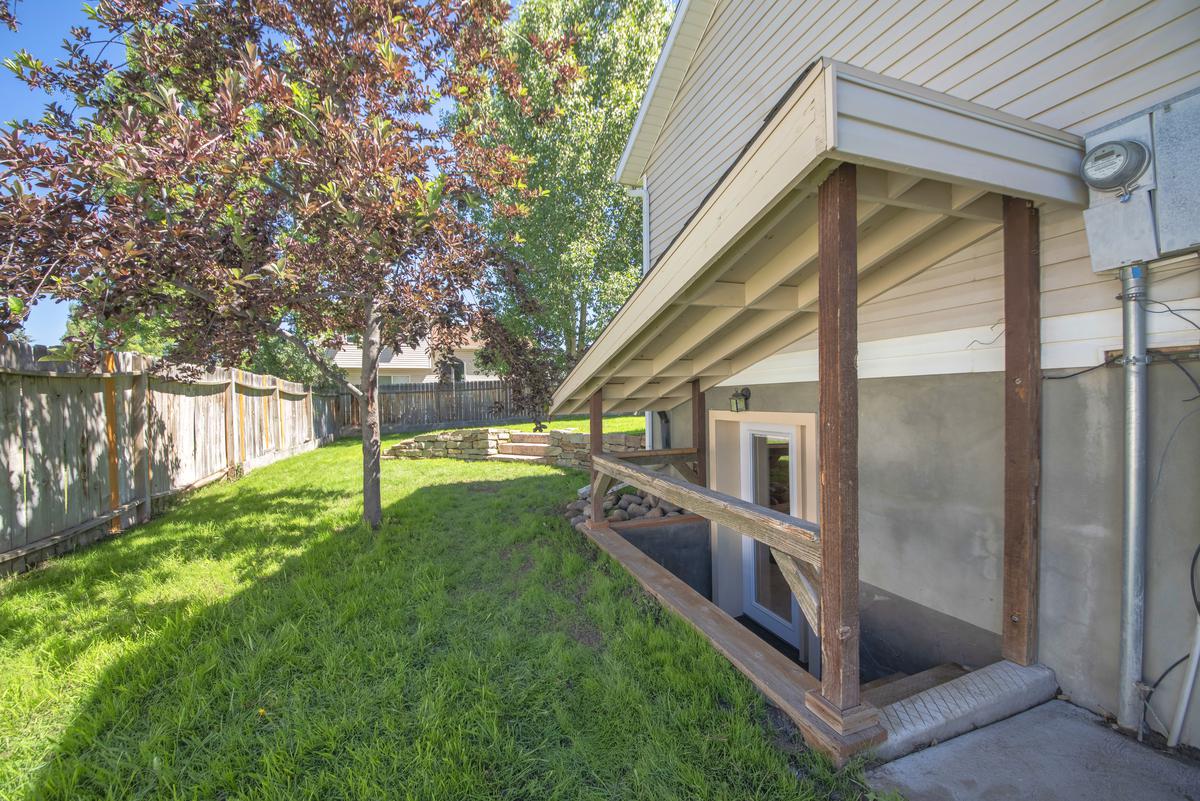
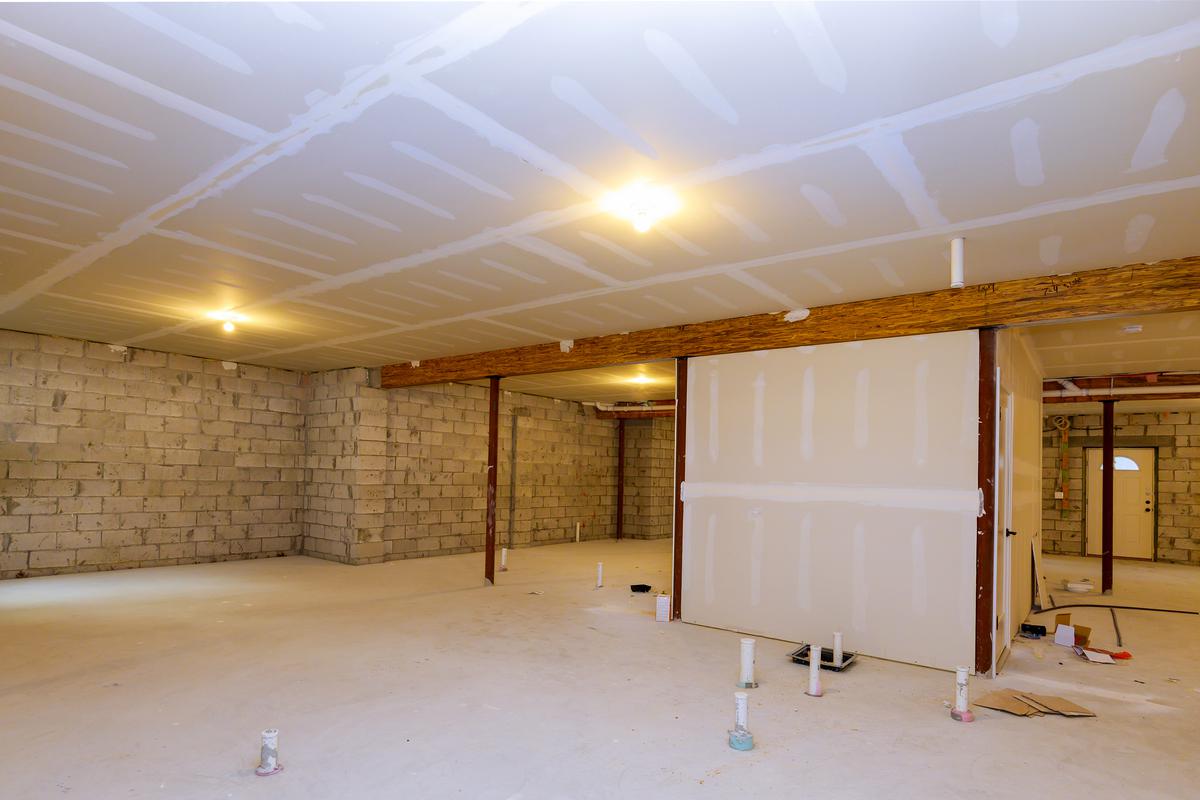
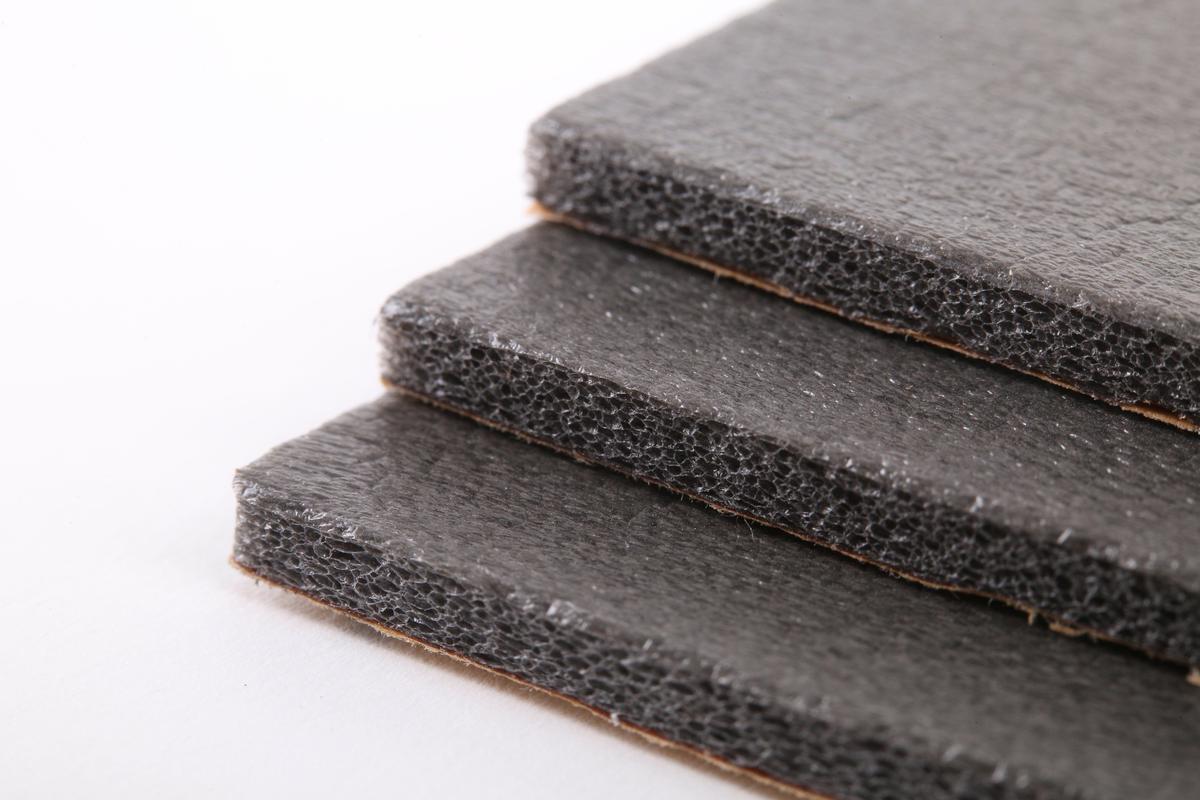
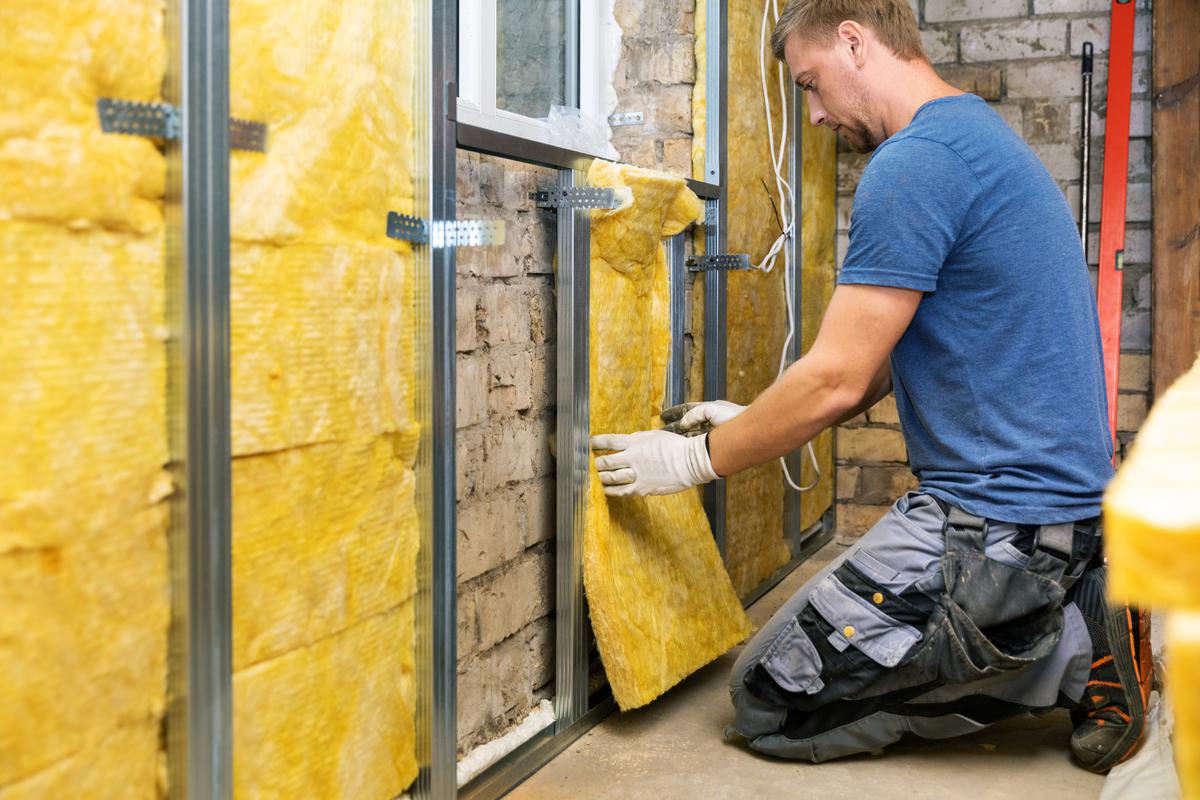


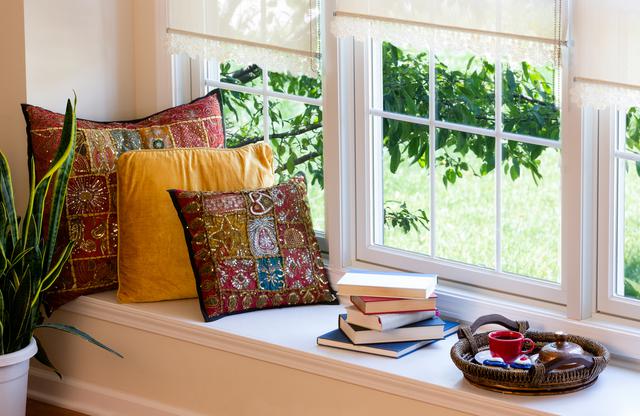

comments